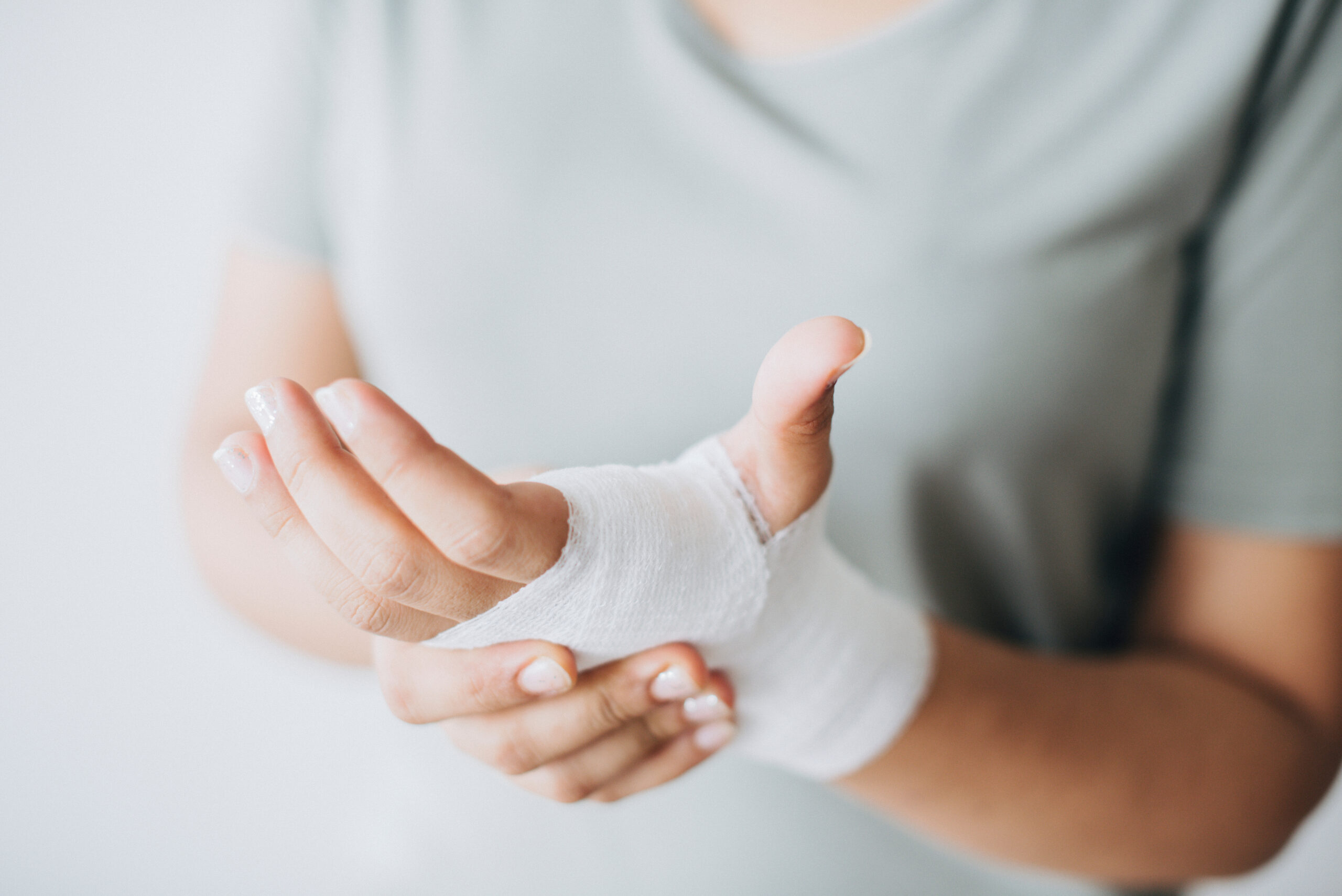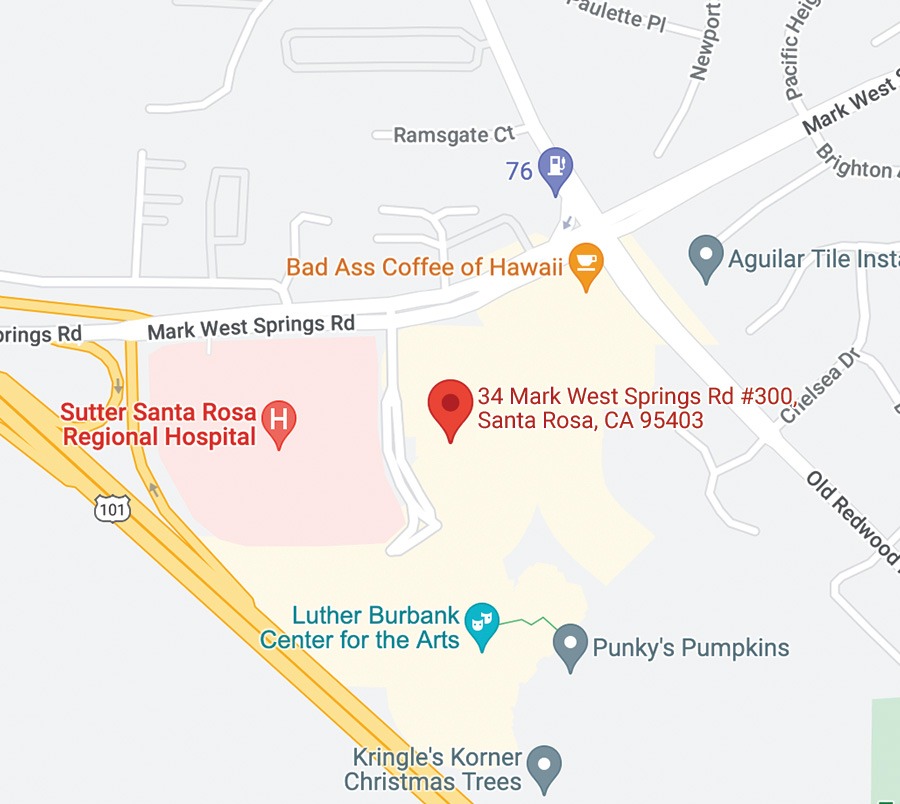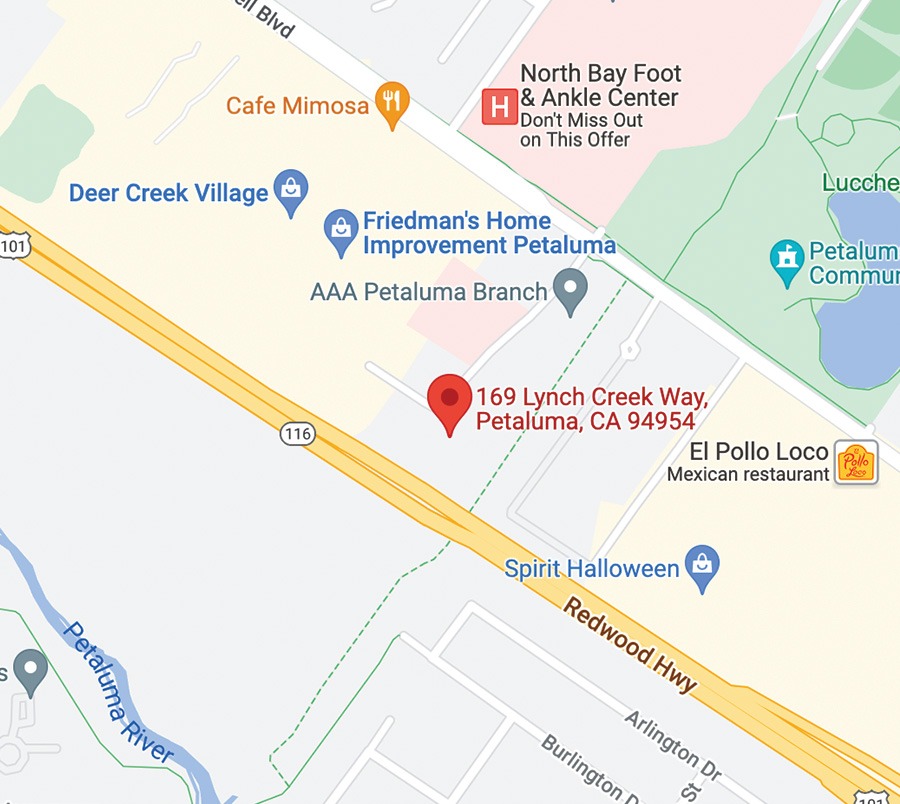
We use our hands a lot, and we depend on all the features of our hands to perform perfectly so that we can fulfill our daily activities, whether that may be texting, washing dishes, creating art or typing out a novel. There are 27 bones in the hand, any of which that can break or fracture due to a direct blow or an unexpected fall. People who participate in contact sports like football or hockey are at greatest risk of damaging the hand, fingers or wrist, and people who have osteoporosis where bones become thinner and more fragile are also at higher risk.
A broken hand can be result from a fall, crush or twisting injury, or through direct contact in sports. No matter the cause, when any of the bones in the hand become broken or fractured, it is important to seek treatment as soon as possible so that the bones have a good chance of healing in proper alignment. Bones that healing improperly can affect your ability to do everyday activities. Early treatment will also help minimize pain and stiffness.
“Depending on the type and location of the fracture in many cases the injury will heal well with only nonsurgical treatment,” explains SRO hand specialist Dominic Mintalucci, MD. Treatment in this case may consist of wearing a cast, splint or buddy straps for a period of time. “When fractures are more serious, or if the bones of the hand do not line up properly, we may look to surgical intervention to correct broken pieces of bone and to ensure they heal properly.”
The most common hand fracture seen by orthopaedic specialists is a fracture of the fifth metacarpal — the bone in the hand that supports the little finger. Known as a “boxer’s fracture” this injury involves the “neck” of the bone, next to the knuckle joint. As you can imagine, a boxer’s fracture occurs when punching or striking a hard object with a closed in a fist. This condition can also be caused by a fall, motor vehicle accident, or other trauma.
How to detect a hand fracture
When swelling, bruising, tenderness or pain is present, a fracture or broken bone may be the problem. When a deformity occurs or if it’s impossible to move or straighten the finger – there very likely is a fracture or break. If a finger appears to be shortened or if the injured finger crossing over its neighbor (scissoring) when making a fist, it’s time to make a visit to your orthopaedic specialist.
Treatment options
When a fracture is present and if it does not line up in the proper position, your orthopaedic specialist may attempt to realign the bone fragments by gently manipulating them back into position without making an incision. This procedure is called a closed reduction. Once the bones are realigned a cast, splint or brace may be applied to keep the bones in place while they heal. The cast may extend from the fingertips to the elbow to support the bones.
Depending on the location and stability of the fracture, a cast may be required for 3 to 6 weeks. Some types of fractures can be protected by wearing a removable splint or by being “buddy strapped” to a neighboring non-injured finger for stability and support. Gentle hand exercises usually commence after 3 weeks.
Surgical Treatment
In more severe instances, some hand fractures require surgery to realign and stabilize the fracture fragments. Surgery is also necessary for open fractures where pieces of bone have broken through the skin. In this case, surgery will help reposition the bone fragments into their normal alignment. Small metal devices — such as wires, screws, pins, staples, and plates — may be used to hold the pieces of fractured bone in place.
“In most cases and with proper treatment, the majority of our patients with hand fractures heal very well and go on to have excellent function in their hands,” says Dr. Mintalucci.
Article source: OrthoInfo AAOS About Dr. Mintalucci
 Board-certified, fellowship trained orthopaedic surgeon Dr. Dominic Mintalucci specializes in microsurgical, hand and upper extremity surgery. He is director of The SRO Hand Center. Dr. Mintalucci has trained in the most advanced surgeries Including Tenex medial epicondylitis (Golfers elbow), lateral epicondylitis (Tennis elbow), Achilles tendon, and elbow surgeries. He also performs Platelet Rich Plasma (PRP) injections for quicker healing and pain relief as an alternative to surgery when standard treatments fall short.
Board-certified, fellowship trained orthopaedic surgeon Dr. Dominic Mintalucci specializes in microsurgical, hand and upper extremity surgery. He is director of The SRO Hand Center. Dr. Mintalucci has trained in the most advanced surgeries Including Tenex medial epicondylitis (Golfers elbow), lateral epicondylitis (Tennis elbow), Achilles tendon, and elbow surgeries. He also performs Platelet Rich Plasma (PRP) injections for quicker healing and pain relief as an alternative to surgery when standard treatments fall short.



